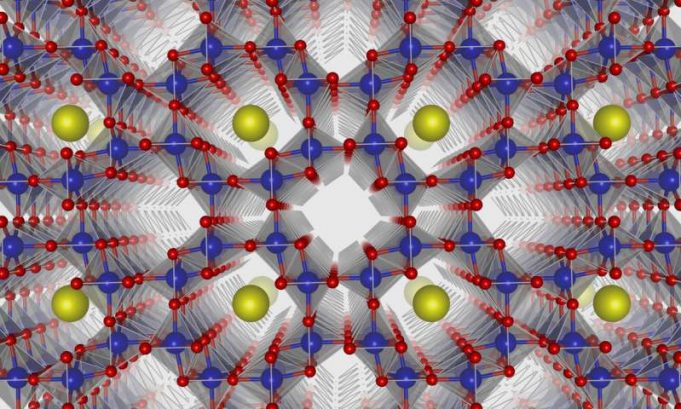University of Michigan researchers have developed a powerful microscope that can map how light energy migrates in photosynthetic bacteria on timescales of one-quadrillionth of a second.
The microscope could help researchers develop more efficient organic photovoltaic materials, a type of...
Utah State University chemists' efforts to develop alternative battery technology solutions are advancing and recent findings are highlighted in a renowned, international chemistry journal.
Tianbiao Liu, assistant professor in USU's Department of Chemistry and Biochemistry, and his team reported a...
A study published in the Journal of Biological Chemistry is the first to describe a signaling pathway that affects communication -- a process called quorum sensing -- between Streptococcus bacteria cells.
This type of bacterium is responsible for illnesses like strep throat,...
Securing enough energy to meet human needs is one of the greatest challenges society has ever faced. Previously reliable sources—oil, gas and coal—are degrading air quality, devastating land and ocean and altering the fragile balance of the global climate,...
Solar panel installations are on the rise in the U.S., with more than 2 million new installations in early 2019, the most ever recorded in a first quarter, according to a recent report by Solar Energy Industries Association and...
When it comes to designing and optimizing mechanical systems, scientists understand the physical laws surrounding them well enough to create computer models that can predict their properties and behavior. However, scientists who are working to design better electrochemical systems,...
Over the last decade, bariatric surgeons have made strides in performing weight loss surgery that not only reverses obesity but can also reverse type 2 diabetes in patients with both conditions. Despite dramatic improvements in quality of life and...
Ice crystals form around a minuscule particle in the very first seconds of the formation of an ice cloud.Credit: Pacific Northwest National Laboratory
Scientists have witnessed the birth of atmospheric ice clouds, creating ice cloud crystals in the laboratory and...
Washington State University researchers have developed an environmentally-friendly, plant-based material that for the first time works better than Styrofoam for insulation.
The foam is mostly made from nanocrystals of cellulose, the most abundant plant material on earth. The researchers also developed an...
A group of researchers at the U.S. Department of Energy's Ames Laboratory has discovered a way to convert a common byproduct of the paper manufacturing process into valuable chemical precursors for making nylon. The process is much more environmentally...
Spiders produce amazingly strong and lightweight threads called draglines that are made from silk proteins. Although they can be used to manufacture a number of useful materials, getting enough of the protein is difficult because only a small amount...















